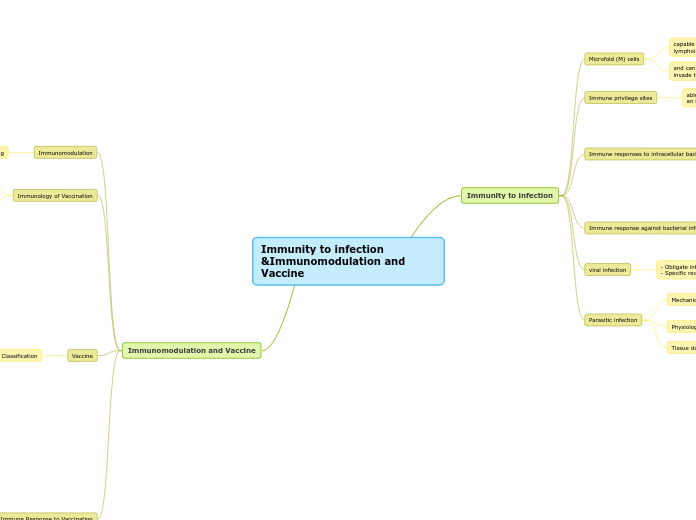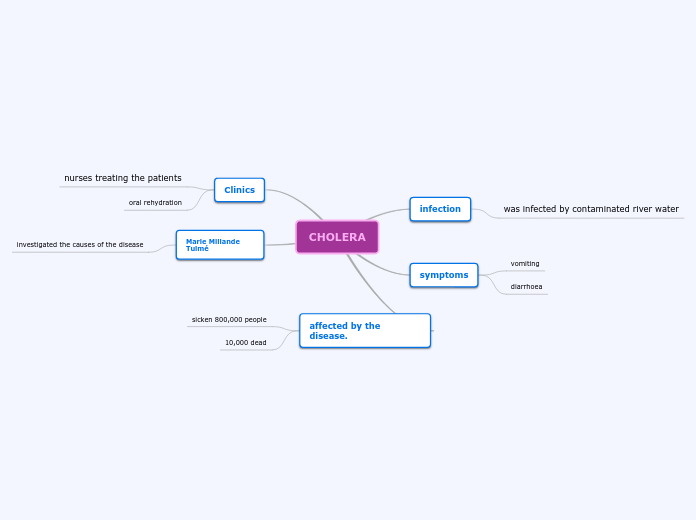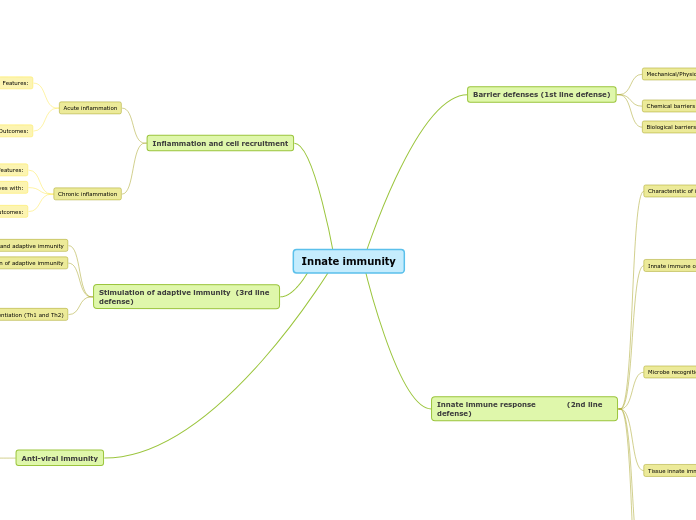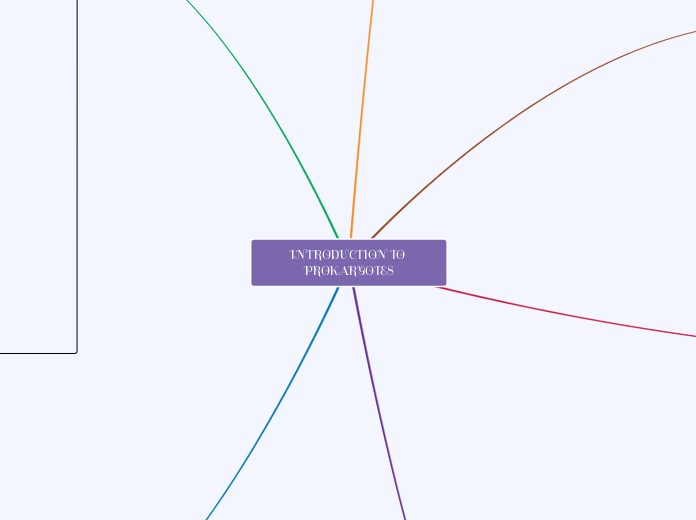Immunity to infection &Immunomodulation and Vaccine
Immunomodulation and Vaccine
Factors that Influence the Immune Response to Vaccination
stimulate migration of the DCs to lymph nodes where T cells are located
increase the expression of costimulators (signal 2) and cytokines
express more MHC molecules that are part of the antigen (signal 1) that T cells recognize
Vaccine
Classification
Developing vaccine in the future
Recombinant vector vaccines
using a virus or bacterium from one disease essentially acts as a
delivery device for an immunogenic protein from another
infectious agent
DNA vaccines
DNA coding for a particular antigen
Subunit Vaccines
Recombinant vaccines
Produced through recombinant DNA technology
human papillomaviruses (HPVs)
Hepatitis B virus (HBV)
Conjugated vaccines
taken from the outside layer of encapsulated bacteria and join the molecules to carrier proteins
Polysaccharide vaccines
taken from the outside
layer of encapsulated bacteria
Toxoid vaccines
Use a toxin (harmful product) made by the germ that causes
a disease.
tetanus
Diptheria
Whole-Pathogen Vaccines
Inactivated vaccines
Produced by killing the pathogen with chemicals, heat or radiation
Live-attenuated vaccines
a version of the living microbe that has been weakened
in the laboratory
Immunology of Vaccination
Comparison of Passive and Active Immunizations
Passive immunization
Obtained passively,no participation
Active or passive immunization
Produced actively by the host immune system
Protective immunity can be achieved
by active or passive immunization.
Immunomodulation
meaning
Modifying the immune response
Immunity to infection
Parasitic infection
Tissue damage
Physiologic effect
- Giardia spp. -> malabsorption
- Diphyllobotrium latum->pernecious anemia
Mechanical obstruction
- Ascaris lumbricoides or tapeworms->intestinal obstruction
- Filarial parasites->obstruct the flow of lymph through lymphatics
viral infection
- Obligate intracellular organism
- Specific receptor-ligands binding
Immune response against bacterial infection
Extracellular bacteria
-Staphylococcus aureus->Inflammation, Pus
-Gram –ve bacteria
-Ig production as neutralizing Abs
Intracellular bacteria
- Neisseria gonorrhoeae
- Mycobacterium tuberculosis
Immune responses to intracellular bacteria
Adaptive immunity
- Activation of T cell -> (mainly Th1) resulted in macrophage activation
Innate immunity
- Activated macrophage demonstrated the increasing killing activity
- Secreted IL-2 by infected macrophage sense NK cell activation and secretion of IFN-g resulted in macrophage activation
Immune privilege sites
able to tolerate the introduction of antigens without eliciting an inflammatory immune response
Microfold (M) cells
and can be exploited by pathogens as an entry portal to invade the host
capable of transporting luminal antigens to the underlying lymphoid tissues









